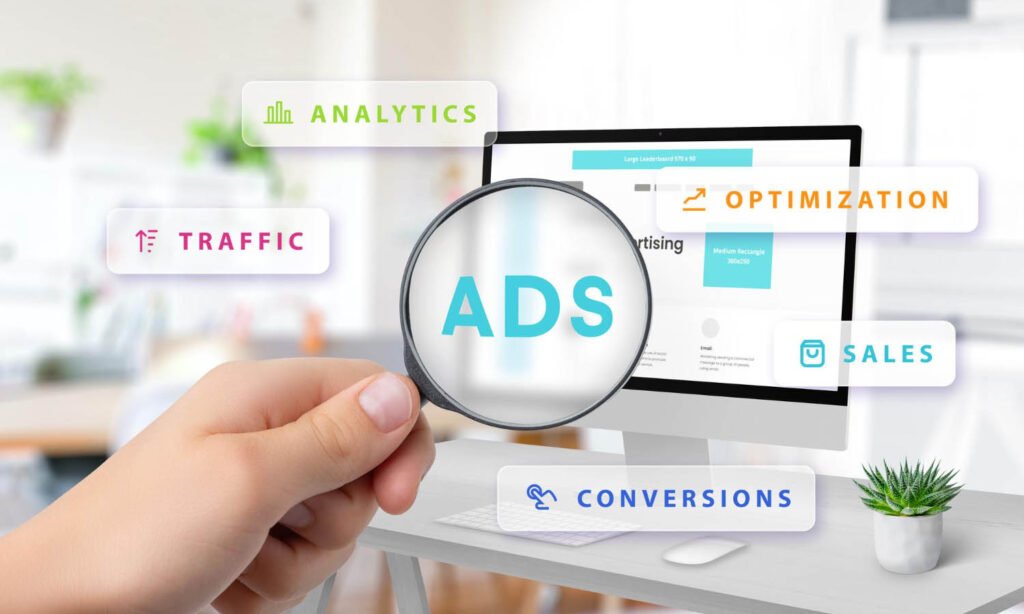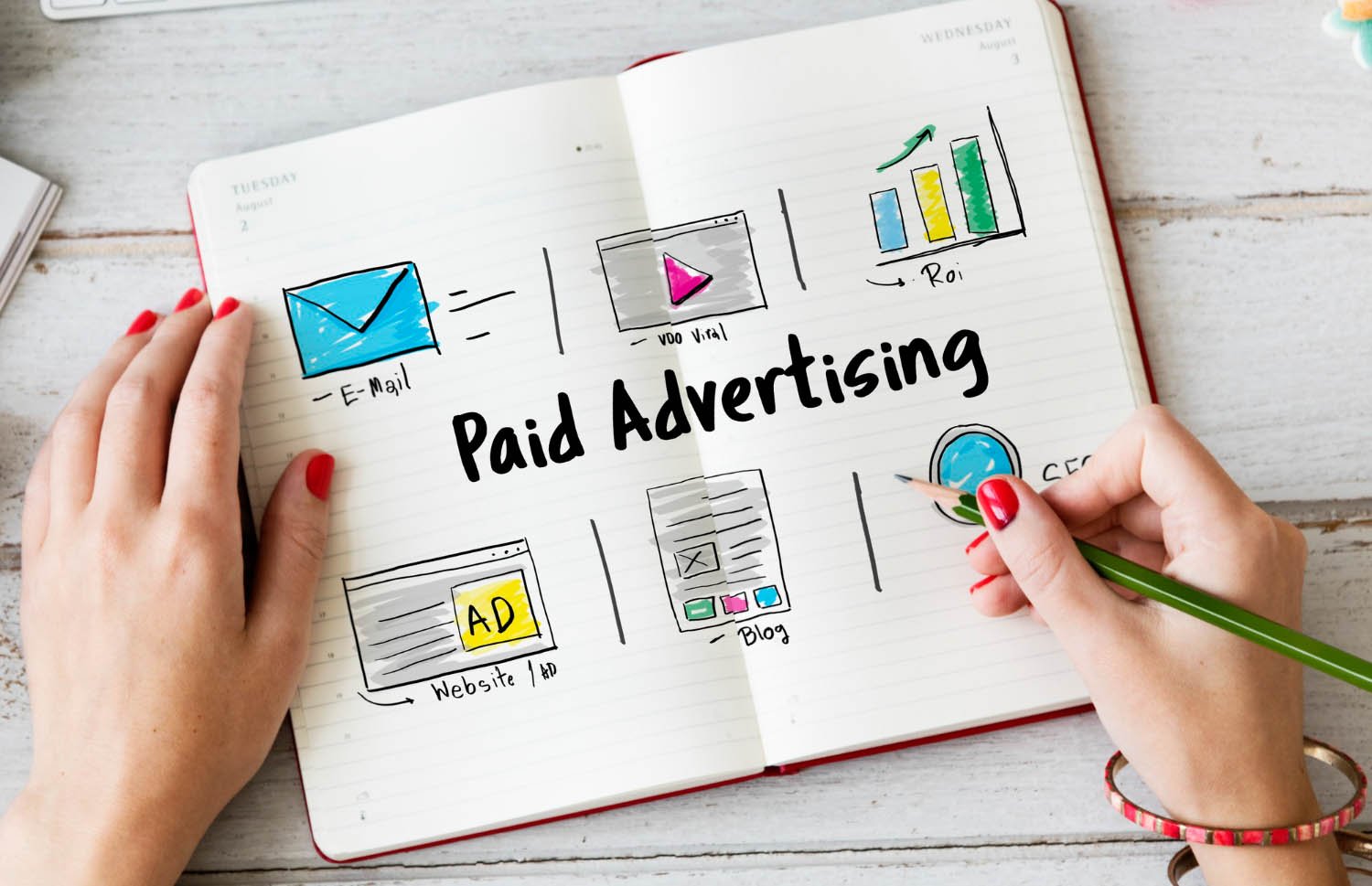Achieve a fivefold increase in advertising return on investment for the fiscal year 2025. Implementing significant paid advertising campaigns necessitates a refined strategy, integrating AI-powered bid management and precise demographic targeting.
Emphasis should be placed on Return on Advertising Spend (ROAS) as a primary metric, as opposed to merely increasing expenditures. Evaluate the incorporation of these principles within Pay-Per-Click (PPC) methodologies to significantly enhance the efficacy and profitability of paid promotional activities.
The Foundation: Before You Even Think About Scaling
First things first, scaling isn’t where you start; it’s where you arrive after meticulous preparation. Jumping the gun is a common mistake that leads to burned budgets and disappointing results. Experts emphasize that before you even consider increasing your ad spend, several foundational elements must be locked in. Without these, you’re essentially trying to build a skyscraper on quicksand.
Furthermore, understanding your ideal customer profile (ICP) and buyer persona is paramount. Who are you trying to reach? What are their pain points, motivations, and online behaviors? Without this clarity, your ads will lack relevance and fail to connect. Equally important is setting clear, measurable goals for your campaigns.
Are you aiming for brand awareness, lead generation, or direct sales? Your objectives will dictate your Key Performance Indicators (KPIs) and how you measure success.

Nailing Your Creative and Offer Before Upping the Ante
One of the most critical, yet often overlooked, prerequisites to scaling is having high-performing ad creatives and an irresistible offer. Experts like those at Singular suggest a two-phase approach to creative testing: a launch phase to find a “unicorn” creative that vastly outperforms others, and then a scale phase.
You can’t afford to scale mediocre ads; performance typically declines as you increase spend, so you need a strong starting point. This means rigorously testing 30-40 different creative angles, even with a modest initial daily spend (e.g., $300/day), before considering scaling.
Moreover, your landing pages must be optimized for conversions. Even the best ad will fail if it leads to a slow, confusing, or irrelevant landing page. Ensure your landing pages align with your ad copy, load quickly (aim for under 3 seconds), are mobile-friendly (since 82.9% of landing page traffic can come from mobile), and have a clear, prominent call-to-action (CTA).
A specific and clear CTA can increase conversion rates by as much as 161%.
Strategic Scaling: It’s More Than Just Increasing Budgets
Once your foundations are solid, and you’ve identified winning ad sets and creatives (ideally achieving 2X your profitability goals before scaling), it’s time to strategically increase your investment. However, simply cranking up the budget on existing campaigns is a common pitfall. Smart scaling is a nuanced process involving several interconnected strategies.
Gradual Budget Increases and the Learning Phase
When you’re ready to increase your Facebook ad campaign budget (also known as vertical scaling), don’t make drastic changes too quickly. Experts at HawkSEM and Shopify recommend giving Facebook’s algorithm (Meta’s algorithm) sufficient budget and time to go through its “learning phase”.
This phase, where the algorithm determines the best audience for your ad, typically ends after about 50 optimization events (often taking about a week).
Making even small tweaks during this period can reset the learning process. Arham Khan, co-founder of Pixated, suggests a formula to calculate an adequate daily budget for this phase: (average cost per purchase x 50) / conversion window. For instance, with a $20 CPP and a 7-day window, this would be around $143/day.
Similarly, when scaling Google Ads, gradual budget increases are key. Rapid scaling can negatively impact your Quality Score and lead to overspending. The mantra is: scale slowly, monitor performance closely, and make data-driven adjustments.
Expanding Your Audience Wisely
As you increase your ad spend, you’ll need to reach more people to avoid ad fatigue-where your audience has seen your ad too many times, leading to declining performance. There are several expert-approved ways to expand your audience:
- Broaden Lookalike Audiences: If you started with a 1% lookalike audience on Facebook (those most similar to your current customers), consider expanding this to 3% or even 5% as you scale. This gives the algorithm more people to find potential customers among, especially when combined with data from your Meta pixel.
- Expand Location Targeting: Carefully consider extending your geographical reach for your ad campaigns.
- Hyper-Segmentation: In 2025, broad targeting is insufficient. Marketers are creating hyper-segmented audiences based on granular data like past purchase behavior, content engagement, and browsing patterns. This level of personalization ensures ad creatives and offers resonate more deeply with each specific segment, driving higher conversions.
These methods help you deploy more ads and spend more budget without quickly exhausting your audience, which can manifest as high frequency rates and increased CPMs.

Leveraging Advanced Technologies and Ad Formats
The paid advertising landscape in 2025 is heavily influenced by AI and sophisticated ad formats designed to optimize performance and reach. Ignoring these can leave you trailing behind competitors.
Embracing AI-Powered Bidding and Automation
Manual bidding is rapidly becoming a relic of the past. Successful PPC marketers in 2025 are leaning heavily into AI-powered bidding strategies, like Google’s Smart Bidding. These tools use machine learning to automatically adjust your bids in real-time based on numerous data signals such as device, location, time of day, and user behavior, aiming to maximize your ROI.
Similarly, Facebook’s automated rules can help scale campaigns more efficiently by adjusting ad spend and targeting based on performance, reducing the need for constant manual optimization. Kaitlyn Kerr from Agital notes that Meta’s Advantage+ Shopping Campaigns (ASC+) have cut cost-per-acquisition by up to 32% for some clients, emphasizing that automation thrives when fed strong creative and audience strategies.
Solly Baby, for example, saw a 50% reduction in CPA by transitioning to ASC+.
However, a word of caution: over-reliance on automation can be a mistake. While helpful, automated systems might prioritize clicks over actual conversions or make recommendations not perfectly aligned with your specific business goals. It’s crucial to monitor automation closely and combine it with manual oversight and strategic human input.
Investing in Diverse and Engaging Ad Formats
Diversifying your ad formats is key to capturing attention across different platforms and audience preferences.
- Video Advertising: Video content continues its reign, and successful PPC campaigns in 2025 will heavily feature video ads on platforms like YouTube, Instagram, and TikTok. Sprout Social reports that short-form video delivers the highest ROI among video ad types, so focus on producing concise, engaging videos that highlight product benefits, share testimonials, or tell your brand story.
- Responsive Search Ads (RSAs): For Google Ads, RSAs are indispensable. You provide multiple headlines and descriptions, and Google’s AI automatically tests combinations to find the best-performing ones for each search query. This improves click-through rates, conversions, and ad relevance, which can lower CPCs.
- Ad Extensions: Enhancing your Google Ads with extensions like sitelinks, callouts, and phone numbers makes them more informative, improves Quality Score, and can reduce CPCs. They make your ad take up more space and stand out.
Experimenting with different channels and formats is crucial to find what performs best for your specific campaign objectives.
The Unsung Heroes: Campaign Structure and Data Strategy
Behind every successfully scaled paid ad campaign are meticulous organization and a robust data strategy. These elements might not be as glamorous as creative or bidding, but they are foundational to achieving consistent high ROAS.
Maintaining a Granular Campaign Structure
Your campaign structure is the backbone of your AdWords (Google Ads) strategy. As you scale, neglecting to maintain a well-organized, granular structure is a critical error that leads to inefficiency and difficulty in tracking performance. This means creating separate campaigns for different product lines, services, or audience segments.
Organizing ad groups by specific themes or keywords ensures high ad relevance. Some experts even advocate for Single Keyword Ad Groups (SKAGs) for precise control, though this requires more management. A clear structure allows for better targeting, more accurate performance analysis, and easier optimization as you scale.
Prioritizing First-Party Data and Remarketing
With ongoing privacy changes and the phasing out of third-party cookies, first-party data strategies are more critical than ever in 2025. Collecting data through email sign-ups, loyalty programs, and on-site quizzes allows you to create highly targeted PPC campaigns that deliver better results. This data fuels effective dynamic remarketing, which shows users ads featuring the exact products they viewed on your site.
This personalized retargeting keeps your brand top-of-mind and encourages purchase completion, making it a core strategy for maximizing ROI. Building remarketing lists in Google Ads based on website visitor actions is a powerful way to re-engage interested users.
Continuous Optimization: The Key to Sustained High ROAS
Scaling paid ads isn’t a “set it and forget it” endeavor. The digital landscape is constantly changing, with rising CPCs across industries being a significant trend in 2025. To consistently turn €1 into €5, continuous testing, analysis, and optimization are non-negotiable.
Relentless A/B Testing and Ad Copy Refinement
Even small improvements can have a big impact when you’re spending at scale. Regularly A/B testing different ad elements-headlines, descriptions, CTAs, images, videos-is crucial. Google’s RSAs facilitate this by testing multiple variations automatically.
Compelling ad copy is vital; headlines should be clear and incorporate relevant keywords, CTAs should be concise (2-5 words) and action-oriented, and value propositions must clearly state benefits and what makes you unique. “Get 50% Off All Your Orders-24 Hours Shipping” is much stronger than “Get Unbelievable Discounts”.
Monitoring KPIs and Adapting to Data
You must monitor your campaign performance regularly and use data to make informed decisions. Key metrics to track include impressions, reach, engagement, click-through rate (CTR), cost per lead (CPL), lead quality, and, crucially, Return on Ad Spend (ROAS). If you’re managing Google Ads, checking the search terms report daily is vital to avoid wasting money on irrelevant queries.
Tools like Google Analytics, the Meta Pixel, and conversion tracking are essential for measuring results. Based on this data, you should continually optimize by adjusting budgets, bids, keywords, targeting, ad copy, landing pages, and CTAs. Don’t forget a mobile-first mindset and consider the growing impact of voice search on keyword strategy.
Scaling Paid Ads Profitably is a Discipline
Consistently turning €1 into €5 with paid ads isn’t about finding a secret hack; it’s about disciplined strategy, meticulous execution, and relentless optimization. Experts achieve this by building a strong foundation, scaling budgets and audiences intelligently, leveraging advanced technologies like AI, maintaining granular campaign structures, prioritizing first-party data, and committing to continuous, data-driven improvement.
By adopting these expert-backed principles, you too can transform your paid advertising from a cost center into a powerful engine for profitable growth in 2025 and beyond. Remember, scaling successfully is a marathon, not a sprint.

